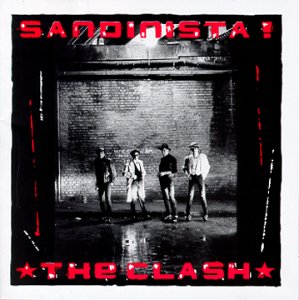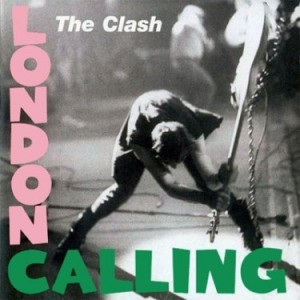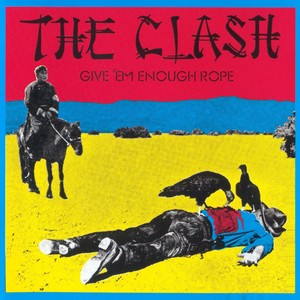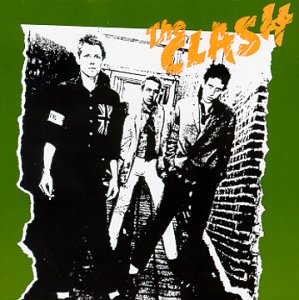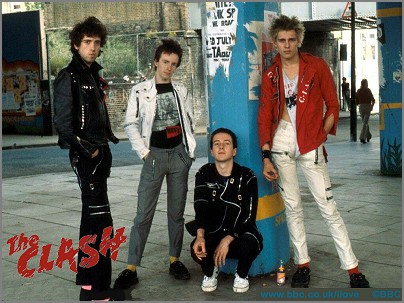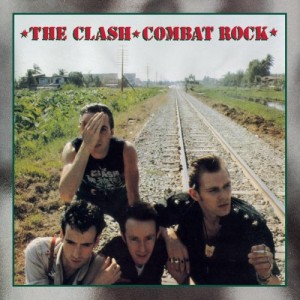
Not Counting “Cut The Crap” (1985), “Combat Rock” Was The Final Album By The Clash. It Was Produced By Glyn Johns, And It Saw Release In 1982.
This was The Clash’s final album. And no, I haven’t forgotten that thing released by Strummer and Simonon backed by a bunch of scabs in 1985 named “Cut The Crap”. “We Are The Clash”, my ass. That was a tremendous blunder, and the band knew as much – no tracks from it were included on the otherwise career-spanning “The Clash On Broadway” (1991).
“Combat Rock” was conceived as the direct sequel to the ambitious “Sandinista!”, an album that many felt had been weighed down by Strummer’s own aspirations. He clearly wanted to move the band into other styles (with black music topping the list), and Mick Jones wanted to stick to rock & roll. Those differences could not be reconciled, and Jones was to leave the band after touring “Combat Rock” – an experience that included opening for The Who during their whole farewell tour, and playing to highly disinterested audiences at that.
Originally, “Combat Rock” was to be a double album named “Rat Patrol From Fort Bragg”. However, when experienced producer Glyn Johns was called in to oversee the recording he convinced the band to release a single disc.
Everybody hated “Combat Rock” at the time. Shareef didn’t like it, and neither did the punks and the press. The charge was that the band had “sold out”. That only made sense if you looked at the singles that were issued: “Know Your Rights”, “Should I Stay Or Should I Go” and “Rock The Casbah”. The first two were simple songs in the worst sense of the word, and the other was a funky number that became their biggest seller in the US. It was a more respectable song than the other two, but the finger-popping melody made for instant criticism by people who wanted the band to stick to their rebellious selves. They once had fought the (unsanctioned) release of the poppy “Complete Control”. Now, they were willingly releasing a radio-made song themselves.
In actuality, “Rock The Casbah” was largely the work of drummer Topper Headon. He played the drums, bass and keyboards on that song. According to the rest of the band, The “Casbah” riff was one he had been toying with for ages. When recording Combat Rock, he went into the studio one morning and put all those instruments down. Strummer came up with the lyrics after reading how people would be lashed on Iran for owning rock records. Much later down the line, he reportedly cried when he learned that American pilots used the expression “rock the casbah” as a euphemism for their bombing missions in Iraq.
The argument that the band was selling out made just no sense when one played the full album. To begin with, there was precious little radio-friendly music there. In fact, there was virtually no rock & roll to be found anywhere.
Don’t spin “Combat Rock” looking for variations of “Should I Stay Or Should I Go” because you are not getting that. You are getting reggae on “Car Jammin’”, the world beats of “Sean Flynn”, the pop of “Inoculated City”, the funk of “Overpowered By Funk” (complete with an impersonation of Tarzan!) and even a collaboration with poet Allen Ginsberg. Continue reading

